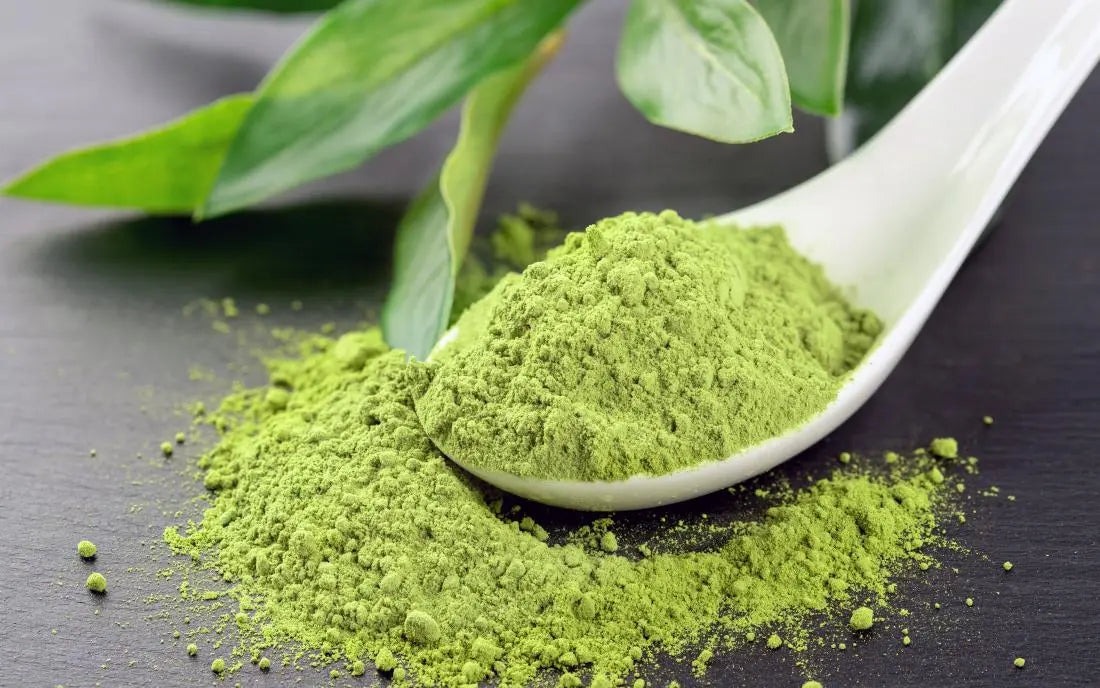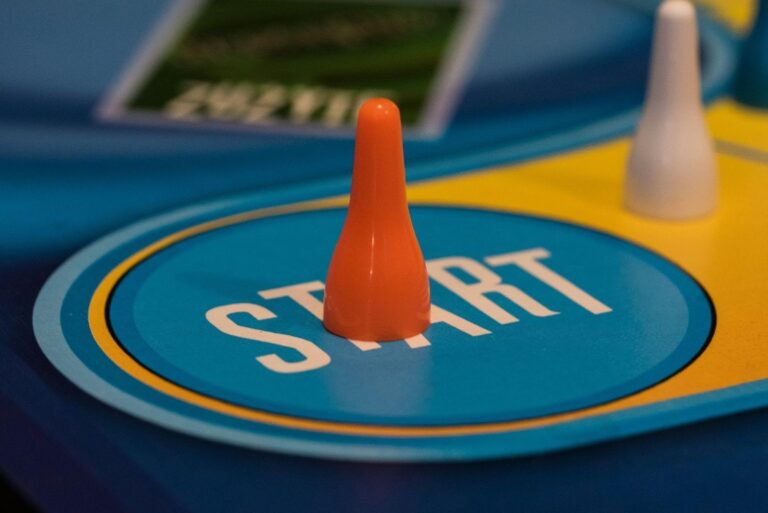How to Choose High-Quality Matcha Powder (and Spot the Fakes)
Matcha has quietly gone from a Japanese tradition to a global obsession — and for good reason. Its grassy, slightly sweet flavour and energizing calm have made it a staple for wellness enthusiasts and busy professionals alike. But not all matcha is created equal. The shelves and online stores are flooded with blends that claim to be “premium” or “ceremonial,” yet many fall short of what authentic matcha should be. Here’s how to tell the difference between true, high-quality matcha and the fakes that only look the part.
If you’re exploring options for organic matcha powder, it helps to know what to look for before making your next purchase.
Start With the Origin Story
True matcha is deeply rooted in Japan’s tea-growing regions — particularly Uji (Kyoto), Nishio (Aichi), Shizuoka, and Fukuoka. These areas have the ideal climate and centuries-old expertise for cultivating shade-grown tea leaves. Powder that comes from other regions, especially where matcha production is new, often lacks the same depth of flavour and vibrant colour. Always check the label for its origin. “Product of Japan” is the first sign you’re dealing with authentic matcha.
Understand the Meaning of “Ceremonial” vs. “Culinary”
“Ceremonial grade” isn’t just marketing language; it’s a classification that signals the matcha is made from the youngest, most tender leaves, producing a smooth, slightly sweet flavour ideal for drinking on its own. “Culinary grade,” meanwhile, has a bolder, more astringent taste meant for baking, smoothies, or lattes. A common scam involves sellers labelling culinary matcha as “ceremonial” to charge higher prices. The best way to verify the claim is to look for consistent colour, smooth texture, and a clean finish when whisked.
Check the Colour — It Tells You Almost Everything
The hallmark of premium matcha is its colour. Look for a bright, electric green hue that almost glows. This comes from careful shading of the tea plants before harvest, which boosts chlorophyll production. A dull, olive, or yellow-green powder usually signals older leaves, oxidation, or improper storage. High-quality matcha almost never looks muted — even after months in your pantry if stored correctly.
The Texture Test: Fine as Silk
When you rub a bit of real matcha between your fingers, it should feel as soft and smooth as talcum powder. This fineness comes from traditional granite stone-grinding — a slow, painstaking process that prevents heat from damaging the tea’s natural oils and flavour compounds. If the texture feels gritty or clumpy, it was likely ground too fast or by machine, compromising both taste and nutrients.
Smell Before You Sip
A good matcha’s aroma is unmistakable: fresh, grassy, and slightly sweet, with a subtle hint of umami. If it smells flat, musty, or bitter, it’s either low-quality or has been exposed to too much air and light. The scent alone can tell you how carefully it’s been handled — from farm to packaging.
Check for Additives and Fillers
Pure matcha should have only one ingredient — 100% green tea leaves. Some lower-cost brands add sugar, milk powder, or artificial flavours to improve colour and taste. Always check the ingredient list. A short, single-item list is a good sign. While blends with other superfoods might sound appealing, they often mask inferior tea quality underneath.
Packaging and Storage Matter
Matcha is delicate. It oxidizes quickly when exposed to air, light, and heat, losing its signature colour and flavour. Look for packaging that’s airtight and opaque, ideally in a resealable tin or foil pouch. Avoid clear jars or bags, which let light in. Once opened, store it in the fridge and consume it within two months for best results.
How to Spot Counterfeits and Low-Grade Blends
With matcha’s rising popularity, fake or low-grade versions are everywhere. Common red flags include:
- A price that’s too low for ceremonial quality (true Japanese ceremonial matcha rarely costs less than $25–$30 for 30g).
- Lack of origin details or vague “Made in Asia” labels.
- Bitter taste or brownish tint after whisking.
- No froth when prepared — high-quality matcha creates a smooth layer of fine bubbles.
When in doubt, buy from trusted sources that specialize in Japanese teas and list details about their sourcing and grinding methods.
Matcha Grades: A Quick Visual Comparison
Here’s a simple way to test quality at home. Whisk a small amount of matcha in hot water (not boiling, ideally around 75°C). High-grade matcha should dissolve evenly with no clumps, creating a vibrant green foam and smooth, creamy texture. Lower-grade versions will look flat, separate quickly, and taste more astringent.
Why Authenticity Impacts Both Taste and Wellness
Matcha’s health reputation — from antioxidants to calm alertness — depends on how it’s grown and processed. Shade-grown, stone-ground, pesticide-free leaves retain higher levels of catechins (especially EGCG) and L-theanine, the amino acid responsible for its calm energy. A poor imitation not only tastes different but also delivers fewer of these benefits. Authentic matcha justifies its price with better nutritional density, smoother flavour, and purity of source.
For readers interested in the science behind matcha’s antioxidants, resources like Healthline and Medical News Today provide helpful summaries of current studies.
A Final Word on Choosing Wisely
Buying matcha isn’t about chasing trends; it’s about appreciating craftsmanship. Every detail — from where it’s grown to how it’s ground — shapes the taste, texture, and experience in your cup. Once you’ve tasted true, high-quality matcha, the difference is unmistakable.
Whether you’re whisking it for a calm morning ritual or adding it to smoothies, knowing how to spot the real thing ensures you get all the flavour and health benefits matcha is celebrated for. The next time you reach for a tin, let curiosity — not the label — guide you.
Disclaimer:
The information provided in this article is for educational and informational purposes only and is not intended as medical, dietary, or health advice. Individual results from consuming matcha may vary depending on personal health, allergies, or sensitivities. Always check the ingredient list for potential allergens and consult a licensed healthcare professional before adding new supplements or foods to your diet. The author and publisher are not responsible for any adverse effects, reactions, or dissatisfaction resulting from the use of matcha or any related products mentioned in this guide.







